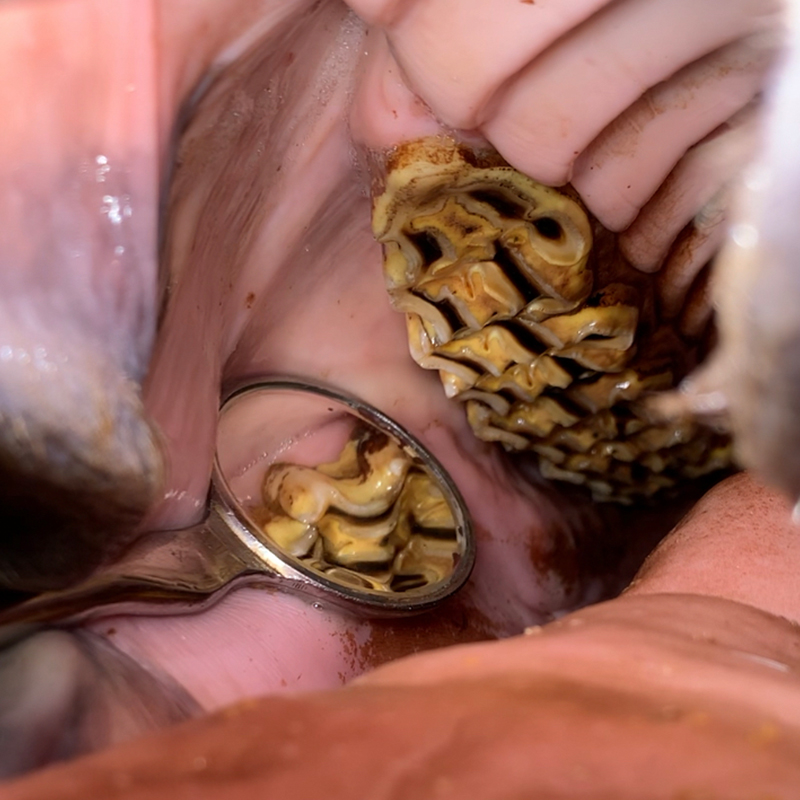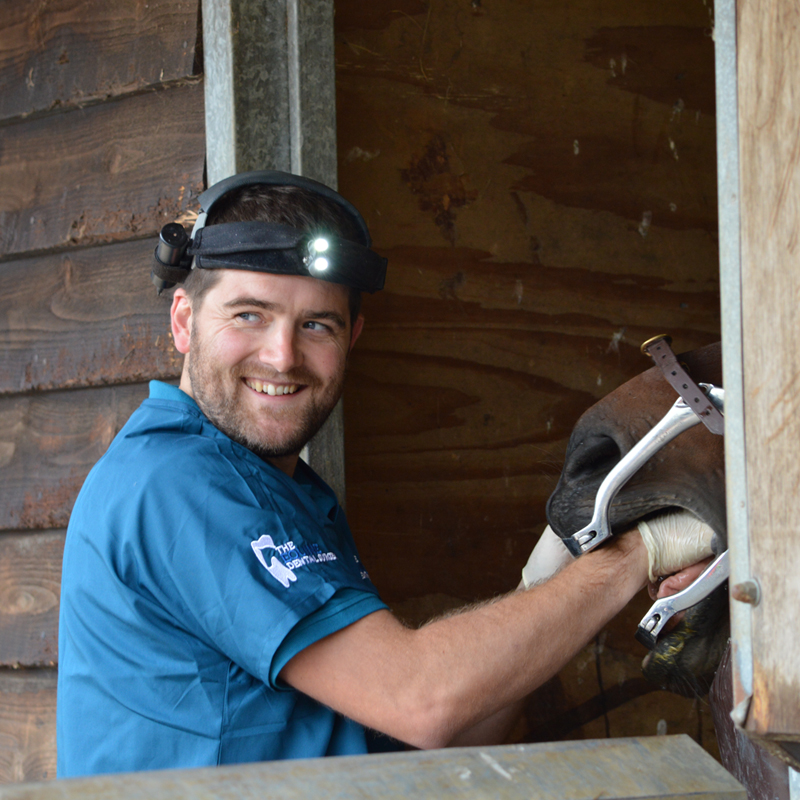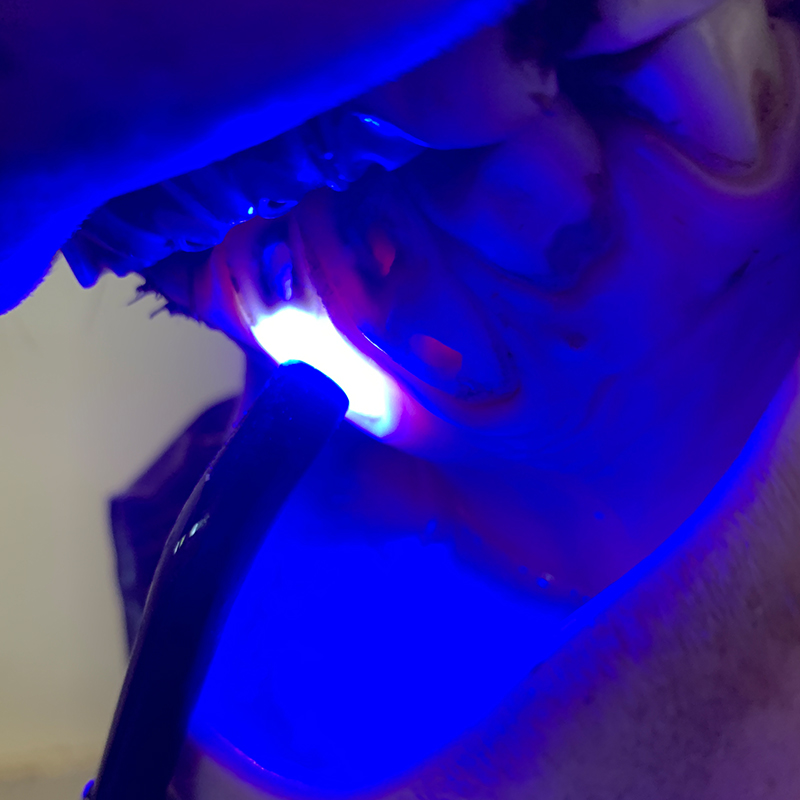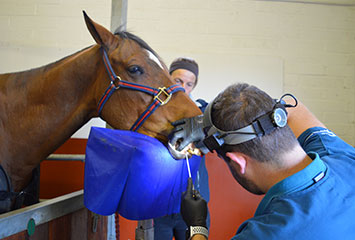Equine Dentistry is no longer just rasping sharp points!
In the last decade there has been considerable advancements in equine dentistry to the point where human and equine dentistry are comparable.
Horses can suffer from a number of oral conditions which can require advanced diagnostics and treatments including fillings!
Advanced Diagnostics and Treatments
Diagnostics
Oroscopy
An oroscope is a dental endoscope which enables an in depth oral examination. The oroscope is an essential piece of equipment for nearly all advanced procedures involving the cheek teeth. At The Equine Dental Surgery we have invested in the very best oroscope package allowing in-depth high definition examination and treatments for your horse.
Advanced Imaging
Radiography (X-rays)
When we look in your horse’s mouth we can only see a small portion of the tooth, the vast majority is under the gum in the jaw. Like human dentistry we need to take X-rays to be able to evaluate this part of the tooth if we have concerns. At The Equine Dental Surgery we have a fully mobile battery powered DR x-ray machine allowing rapid high quality image acquisition which can be brought straight to the stable.
For the standard set of dental x-rays it is possible in most cases to perform these on yard. However if more advanced views are required we me ask you to bring your horse to one of the clinics we operate from.
Computed Tomography (CT):
In complex surgical cases or where there are only subtle changes on x-rays we may request a CT scan. This allows us to build a 3D virtual model of your horses head enabling an in depth evaluation of your horse’s teeth and surrounding tissues. CT scans will be performed at your choice of referral hospital.
Restorative Dentistry
Infundibular caries
One of the most common reasons we give a horse “fillings” is infundibular caries. These are developmental abnormalities which results in holes in the centre of the horse tooth. These holes (caries) become packed full of food which begins to ferment and dissolves the tooth, further increasing the size of the defect.
Over time these caries can become so large that they affect the structural integrity of the tooth and predispose it to fracturing. Or sometimes the caries can erode into the sensitive structures of the tooth (pulp) and cause part or all of the tooth to die.
To prevent any further damage to the tooth we can restore these teeth by giving them fillings (a similar process to human dentistry but on a much larger scale). Before we can fill them we must give the holes a thorough clean and debride to remove any damaged tooth and all of the packed-in food material.
Endodontics
If the sensitive tissues of the tooth (the pulp) become damaged, part or all of the tooth can die. In some instances we can perform endodontics or “root canal” treatments to try and avoid extracting the tooth.
There is a very strict inclusion criteria for endodontics to be performed and not all teeth will be suitable. Careful examination and advanced imaging is required before any endodontic treatment is performed.
Diastema and periodontal disease:
Diastema and periodontal disease
An abnormal gap or diastema can form between incisors or cheek teeth. Food can become trapped in these gaps which over time begins to rot. This causes inflammation of the gums otherwise known as periodontal disease, a very painful condition for the horse often resulting in quidding.
Left untreated, periodontal disease damages the tissues around the tooth and in the end can result in the tooth dying and requiring extraction.
There are a number of treatment options available for diastema and periodontal disease which vary case by case. These include flushing, packing, remedial rasping, widening and in some cases extraction.
Extractions
Extractions
Unfortunately, sometimes there is no option other than to extract a tooth. In experienced hands such as those at The Equine Dental Surgery, 99% of extractions are achieved by simple oral extraction techniques. If teeth are fractured below the gum we use a key hole technique through the cheek (minimally invasive transbuccal extraction) to pull the tooth out. It is very rare to have to repulse teeth these days and all extractions are performed under a standing sedation.










